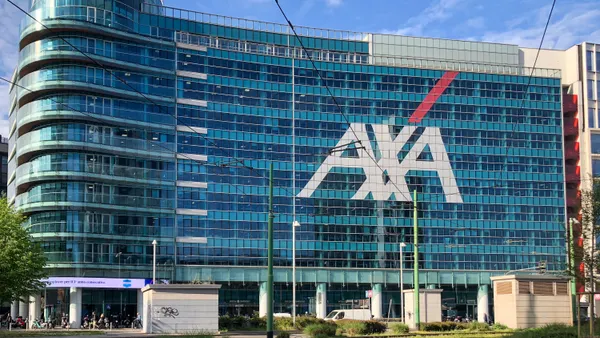CAMBRIDGE, Mass. — Technology may be the prime mover of enterprise modernization. But even the most potent tools are only as good as the hands that wield them.
While talent is needed to unlock the transformative potential of cloud, automation and other IT capabilities, most organizations discover that it takes a companywide change in attitudes, processes and culture to reap modernization’s full benefits.
“In order to innovate, you need to have a fertile culture for innovation,” Sam Kapreilian, principal at Deloitte Consulting, said during a Tuesday panel at the MIT Sloan CIO Symposium.
Transformation begins at the top, with CIOs leading the way.
“If you can't convince your peers that you need to bring in new technology, give up technological debt or whatever it might be, you're not going to succeed,” Kapreilian said.
Yet deploying technology can be less of a challenge than driving adoption.
A CIO can choose the right tools and muster an effective team to move the enterprise forward, only to encounter pockets of stubborn resistance, Michael Parks, EVP of foundational hosting platforms at Wells Fargo Advisors, said during a panel.
“A big change is needed — a change in the way we work, a change in the technology,” said Parks. “But you’ve got to change the environmental conditions to get there.”
Aim for the big middle
A common mistake is ignoring the big middle of the organization — in other words, the peak in the bell curve between fast-followers and resistors, said Tom Peck, EVP and chief information and digital officer at Sysco, during a panel.
“The innovators are our friends,” said Peck. “We don’t need to spend as much time with them.”
Rather than diverting that attention to the other extreme and trying to convert the opposition, Peck focuses on the influencers in the middle.
“A lot of our work is stakeholder management, and we spend time with the wrong stakeholders,” Peck said.
Deploying automation and retiring legacy systems to optimize price-per-unit is central to Peck’s transformation strategy at Sysco, a multinational food distributor. To reach the right stakeholders, he spends time in the field with the company’s trucking and sales teams.
“When you transition from being a traditional CIO who delivers technology to more of a transformative person driving change within the company, it's important to win the hearts and minds [of employees],” Peck said.
It’s also crucial that workers understand new technology is meant to augment their capabilities, not replace them, said Peck.
Target the pain points
Identifying pain points within an organization — places where inadequate technology creates day-to-day friction — fosters goodwill for the CIO and wins innovation allies, Beth O’Rorke, SVP and CIO at Commonwealth Care Alliance, said during a panel.
In O’Rorke’s experience, management can be the hardest group to court. Her team meets regularly with managers to talk strategy and field complaints.
“It’s about connecting with them, understanding their pain points and figuring out how you can help,” O’Rorke said. “If you empower them and help them see the way, it will unlock them.”
Tackling little “ankle biters” rather than fighting big dragons creates transformation support networks within an organization by racking up successive small wins, said Shadman Zafar, CIO, Personal Banking and Wealth Management at Citi.
“If you start big, I guarantee that no matter how incredible your plan might be, there will be some white blood cells in any organization that will come out and attack,” Zafar said.
A platform fix for an annoyance as basic as an overly complex expense reporting system can build momentum for change. When the next upgrade comes up for approval, there’s more likely to be goodwill among key stakeholders.
Change fatigue may set in from time to time. But it, too, can be addressed.
“Change has to be a core competency,” Deepa Soni, EVP and CIO at The Hartford, said during a panel. “Today it’s cloud, tomorrow it could be moon, stars, whatever the next thing is. We have to be able to adapt as an organization.”















